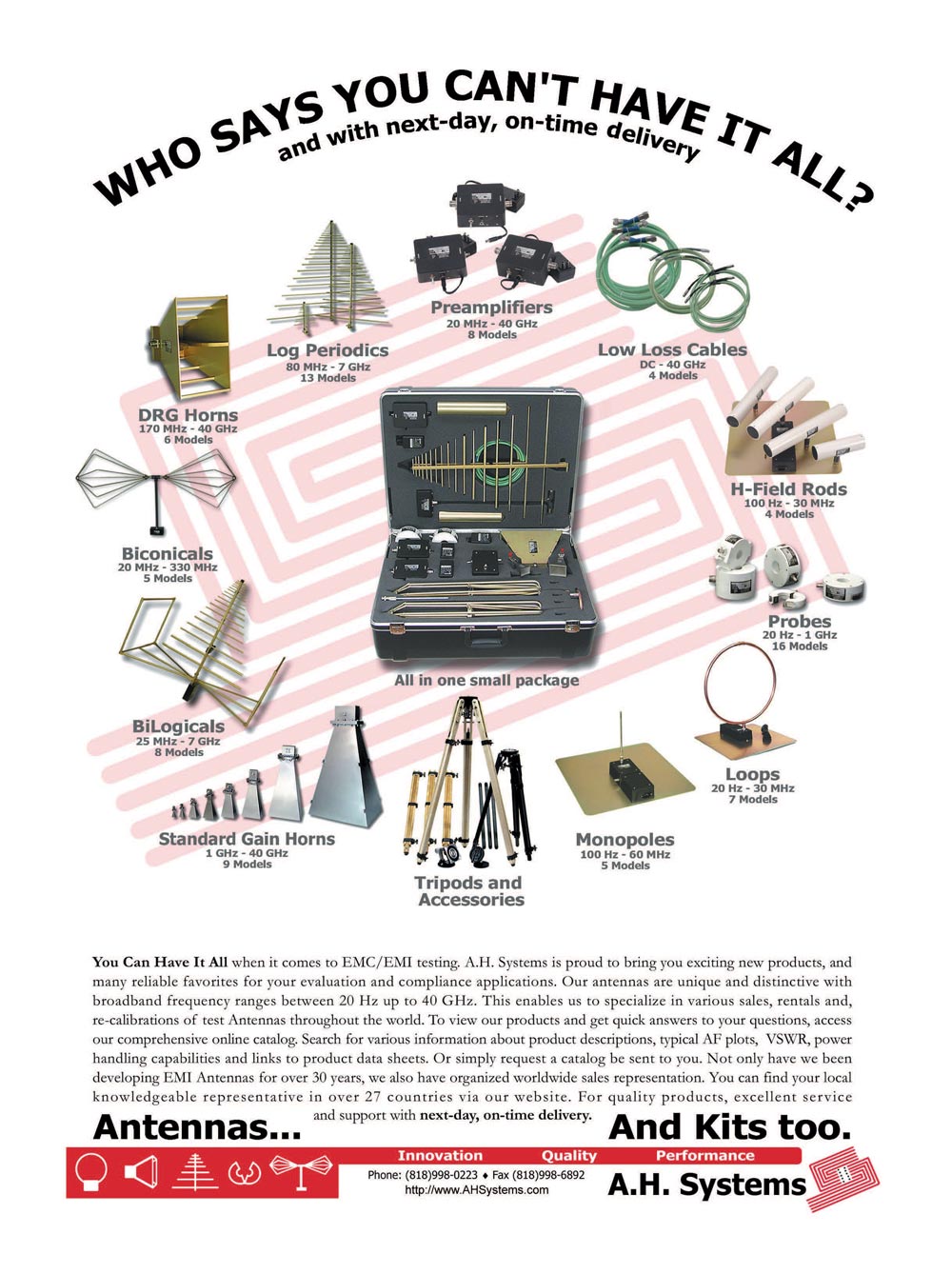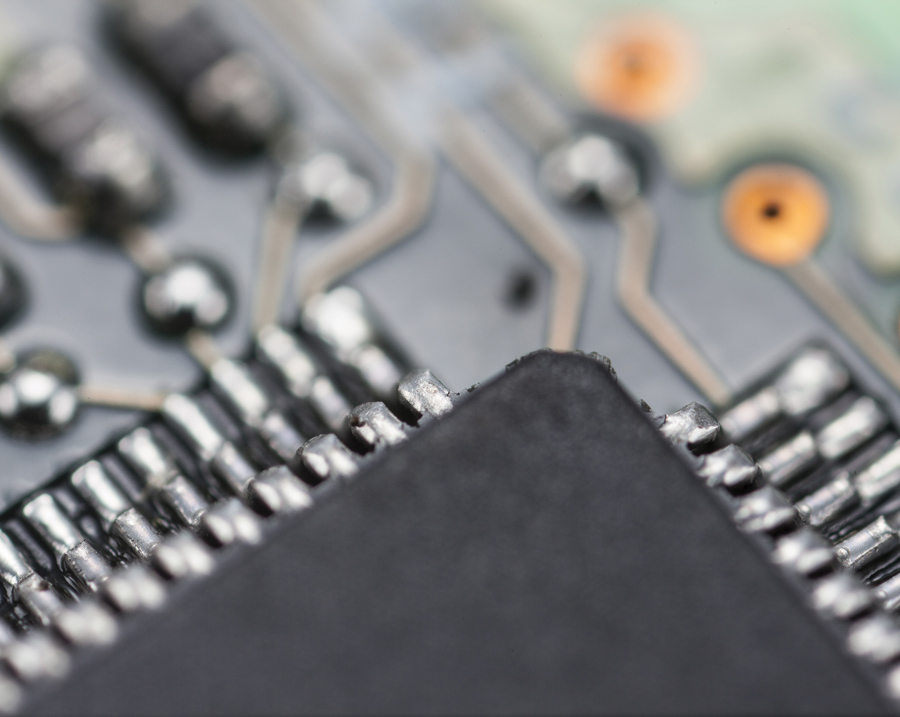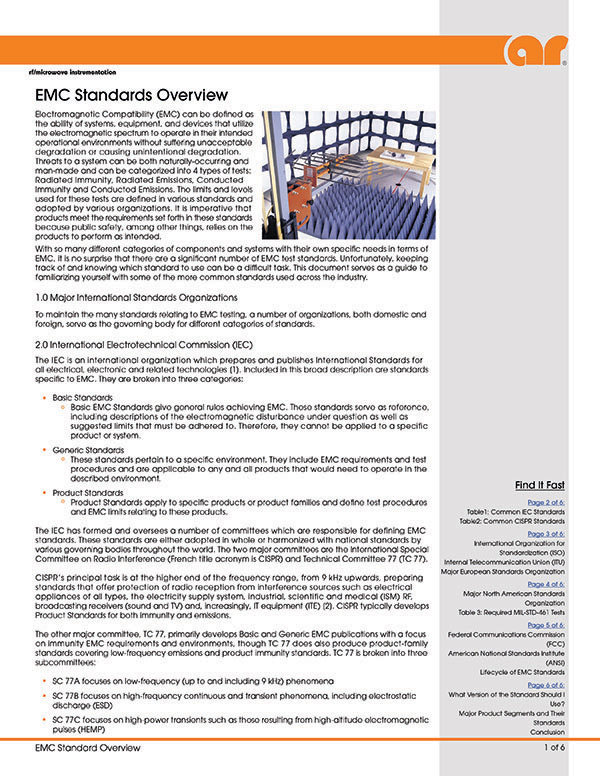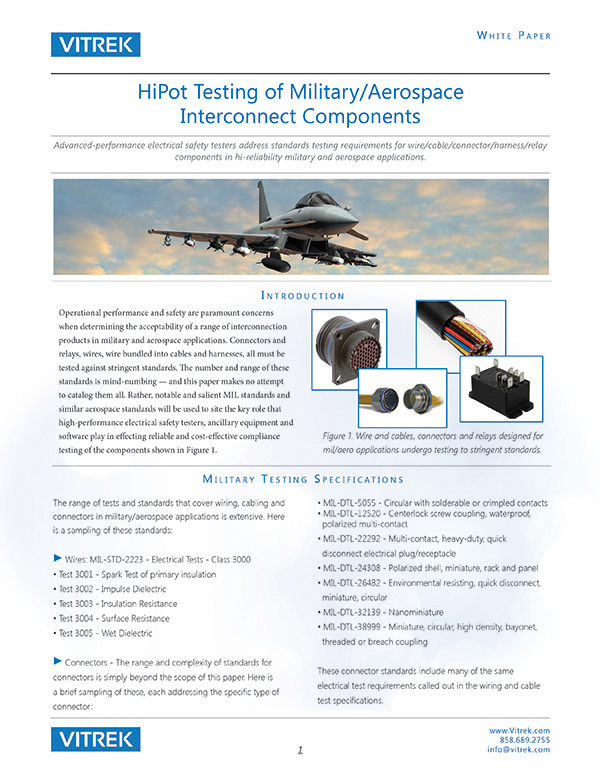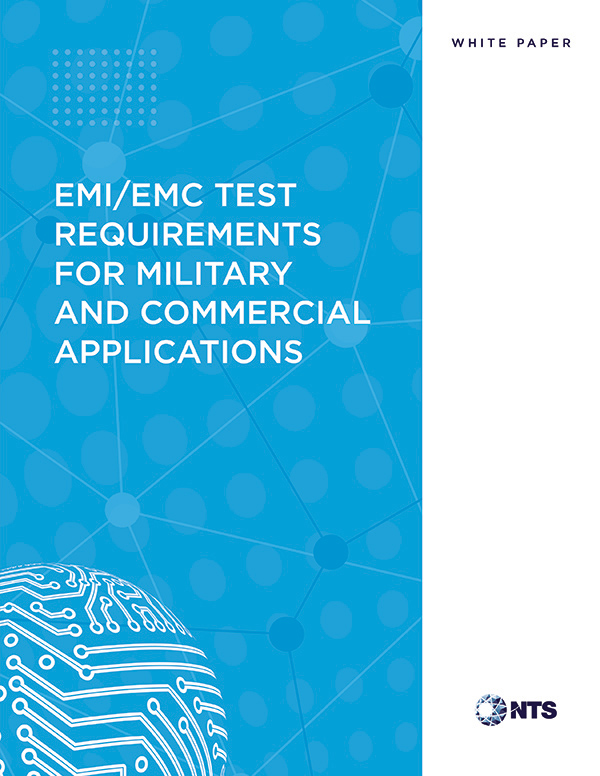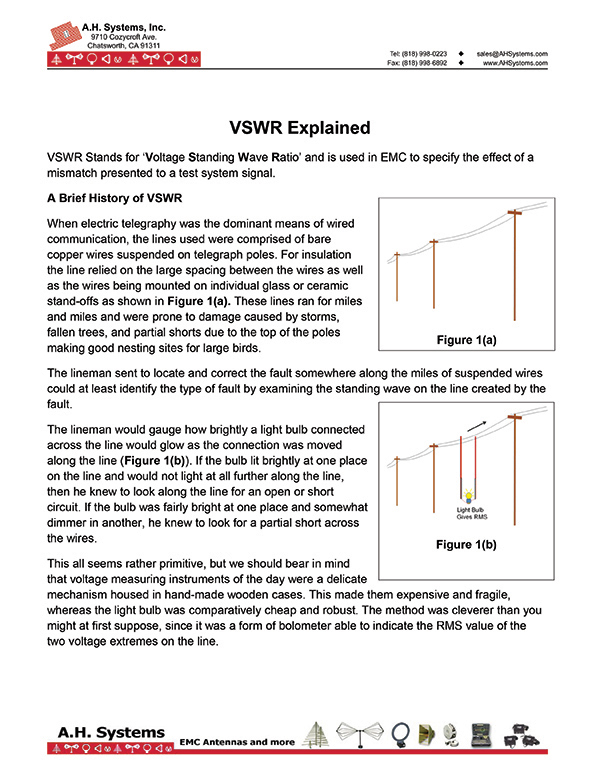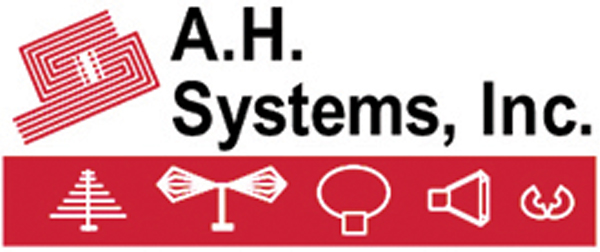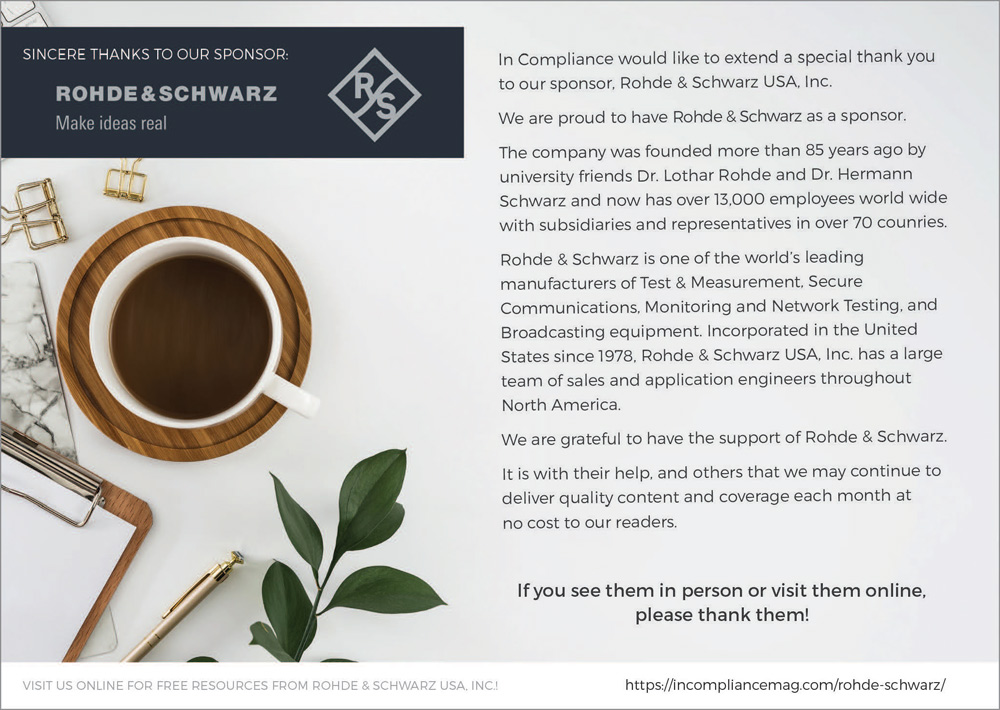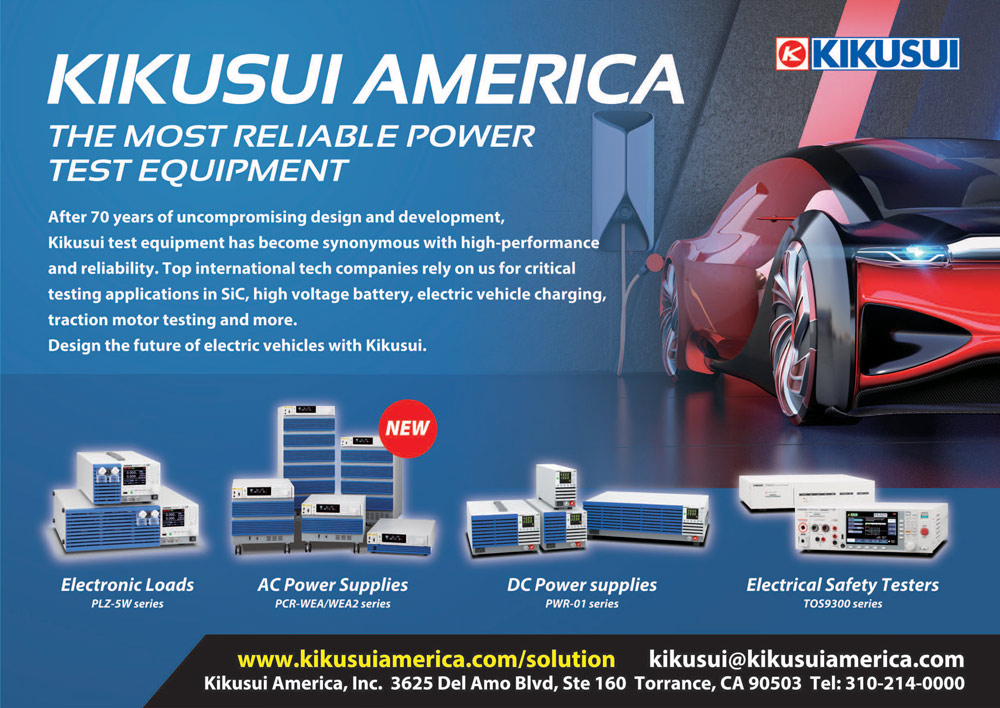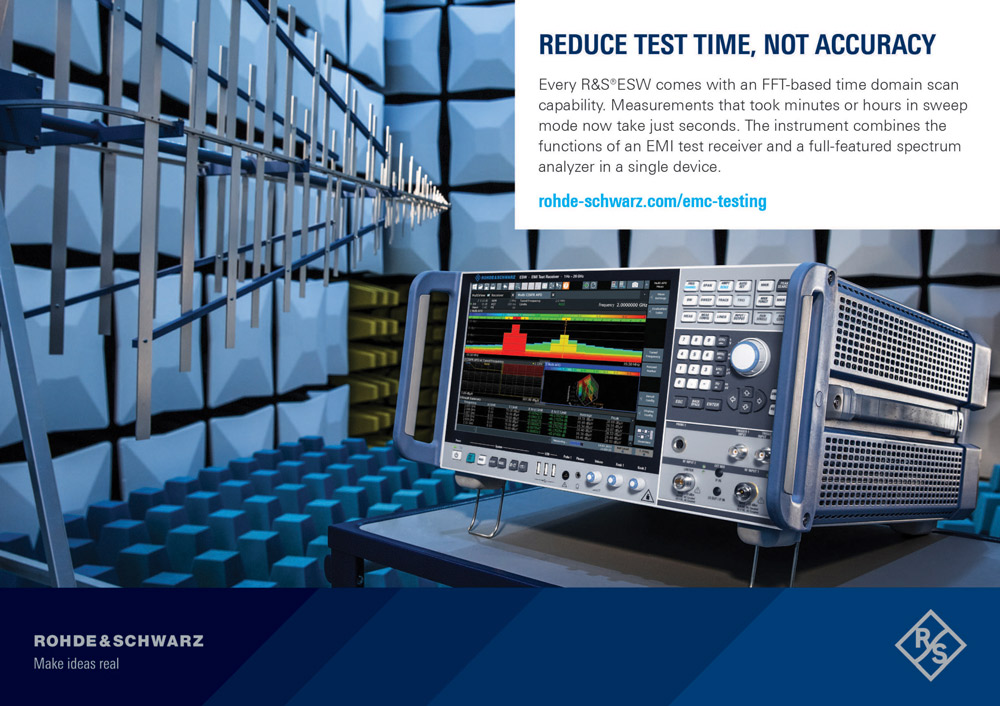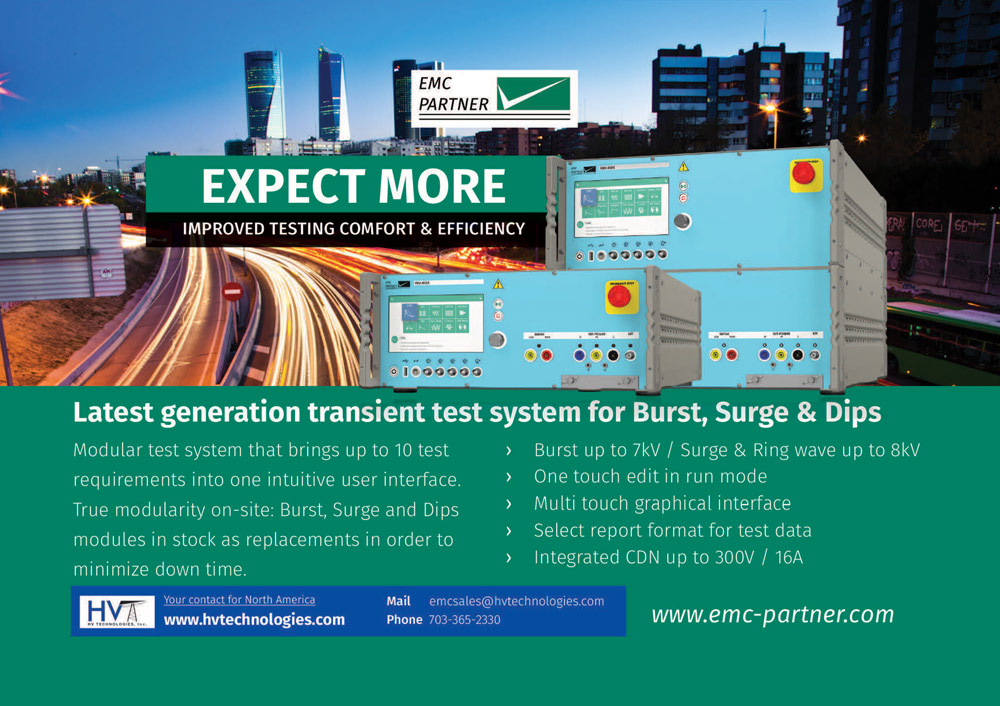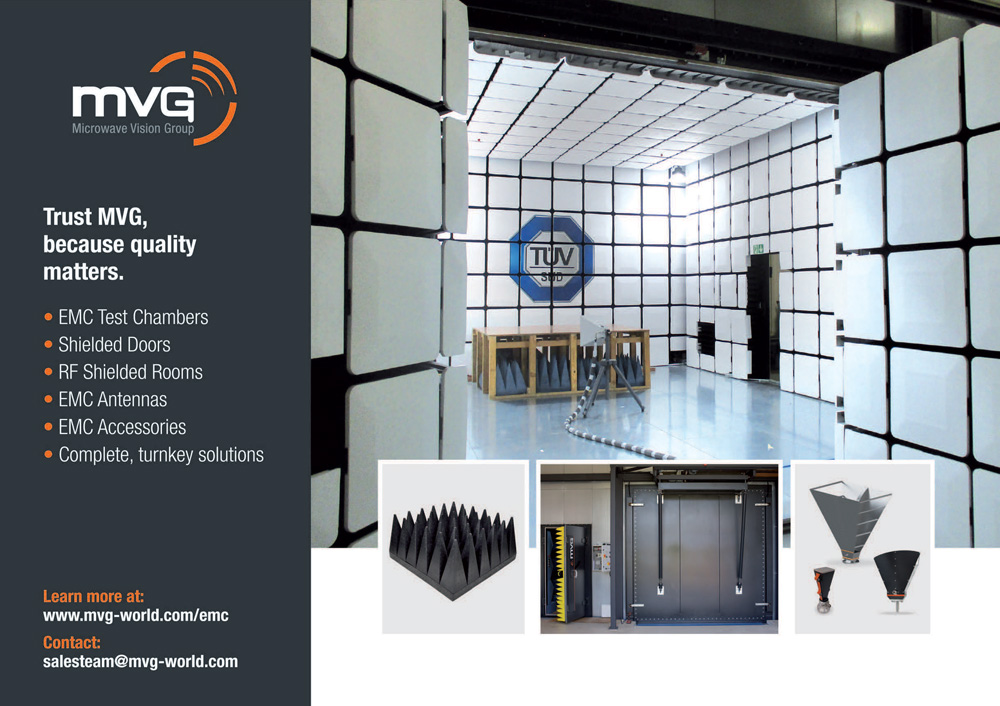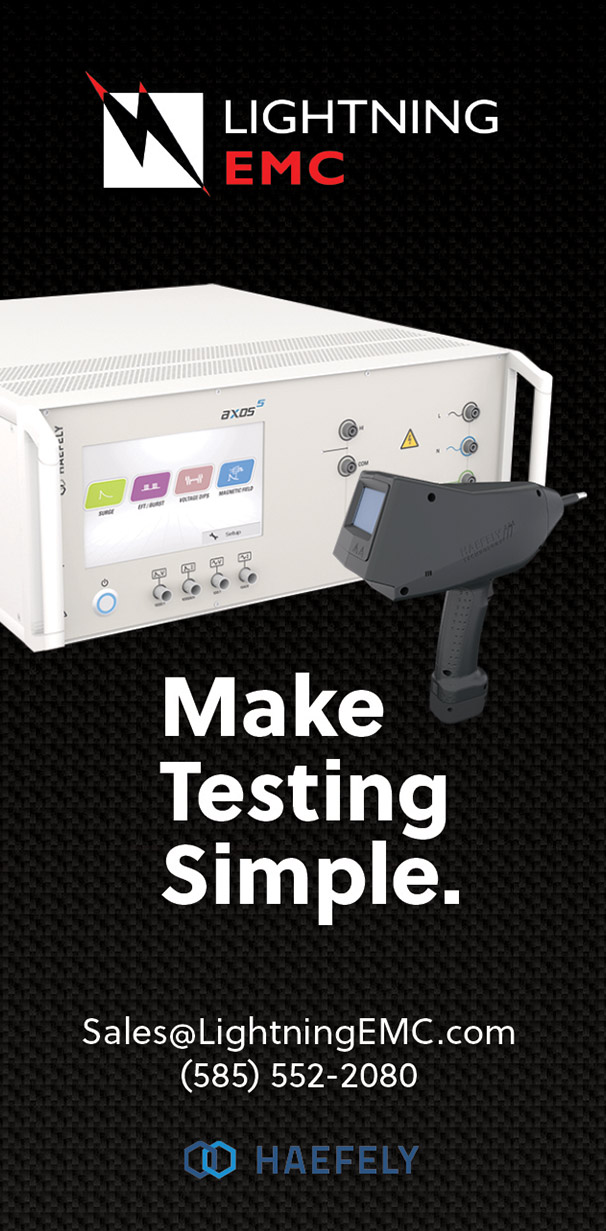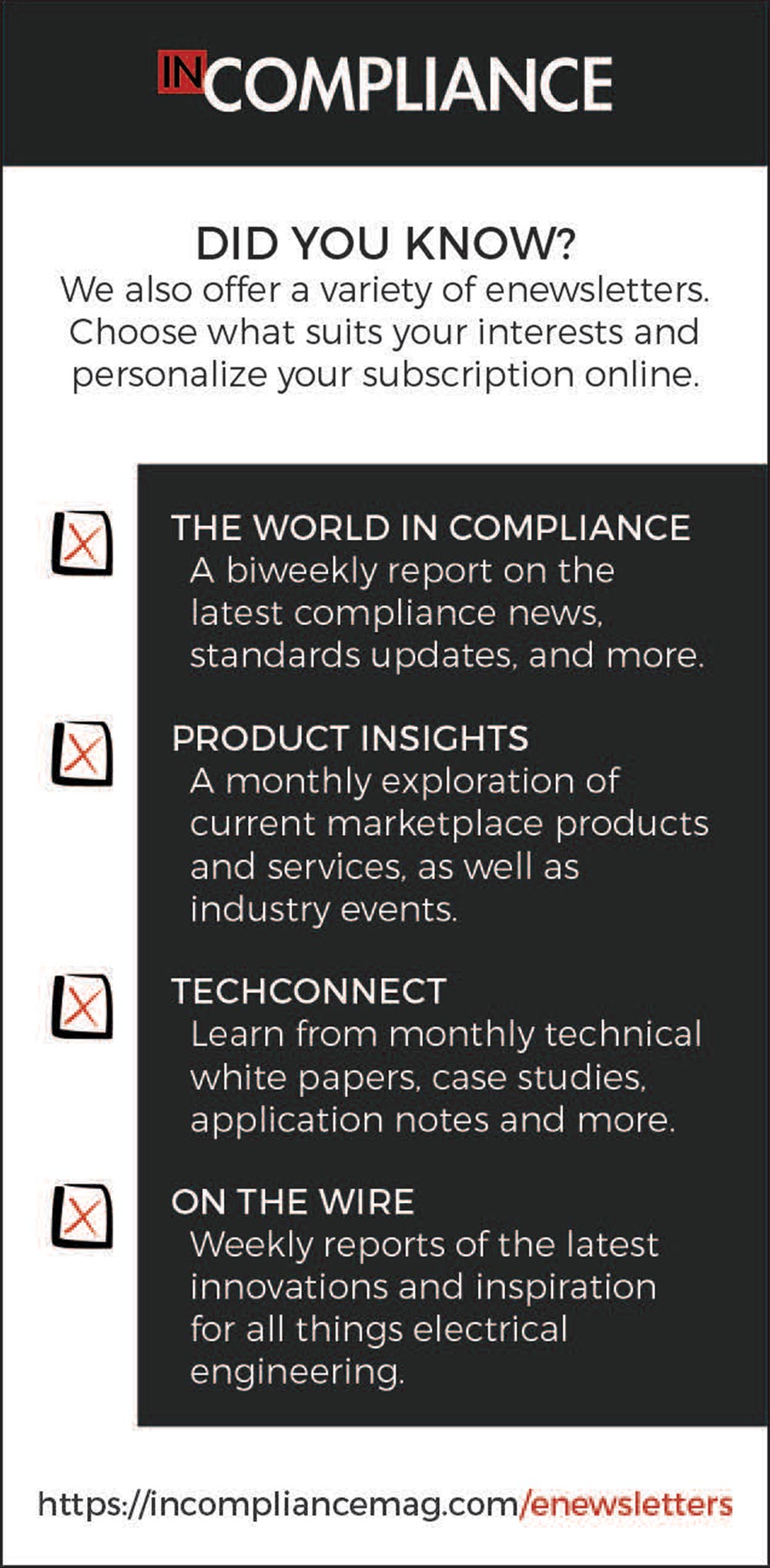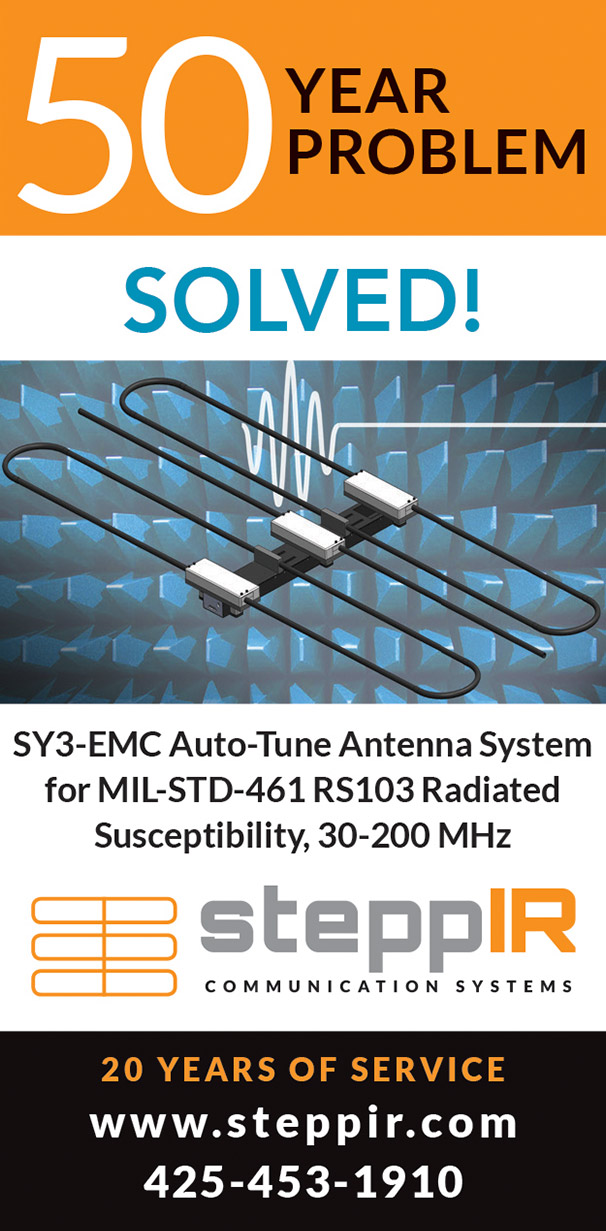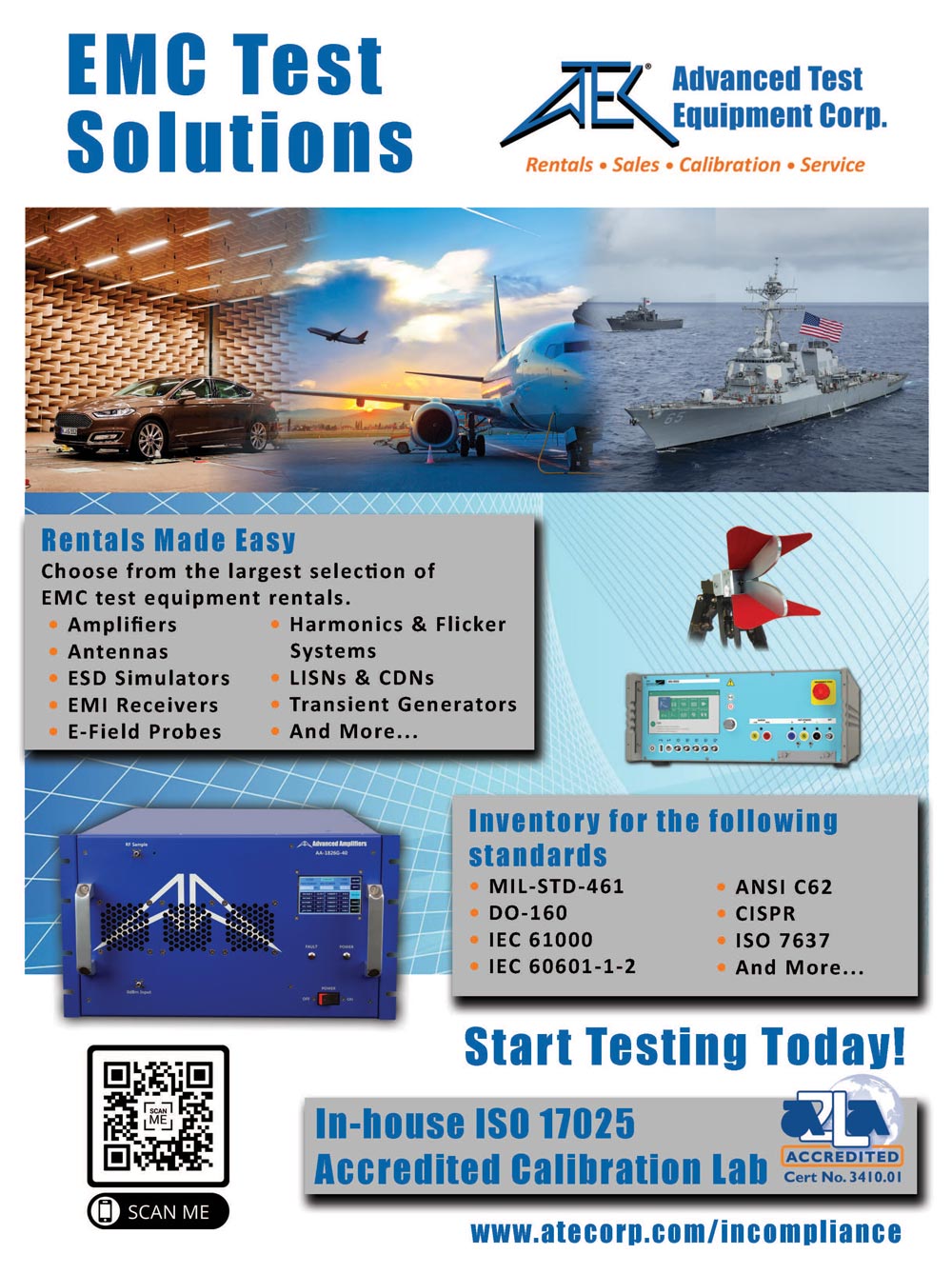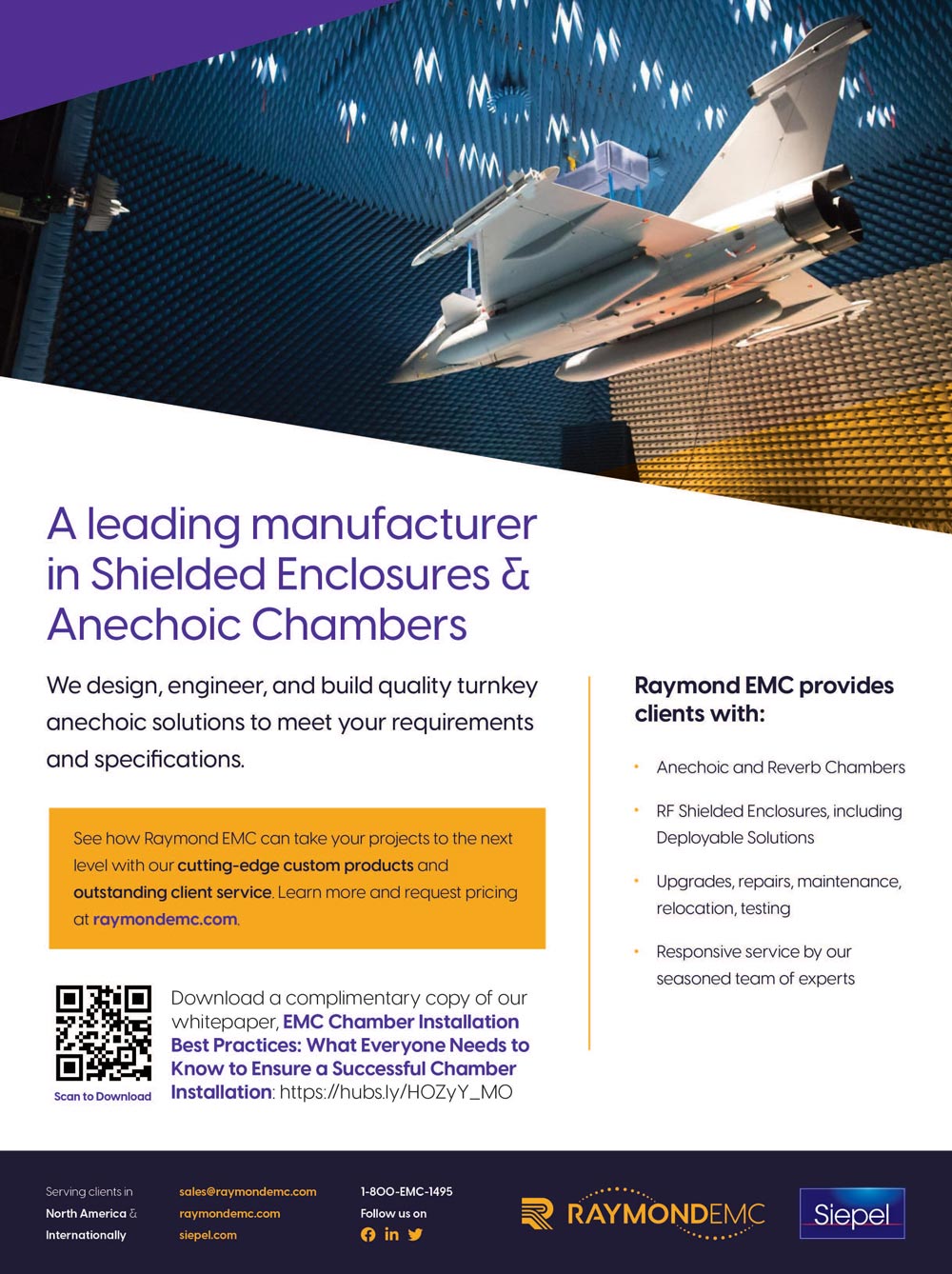
EMC Design Techniques for Electric Vehicle DC-DC Converters

EMC Design Techniques for Electric Vehicle DC-DC Converters
with Ingenuity…
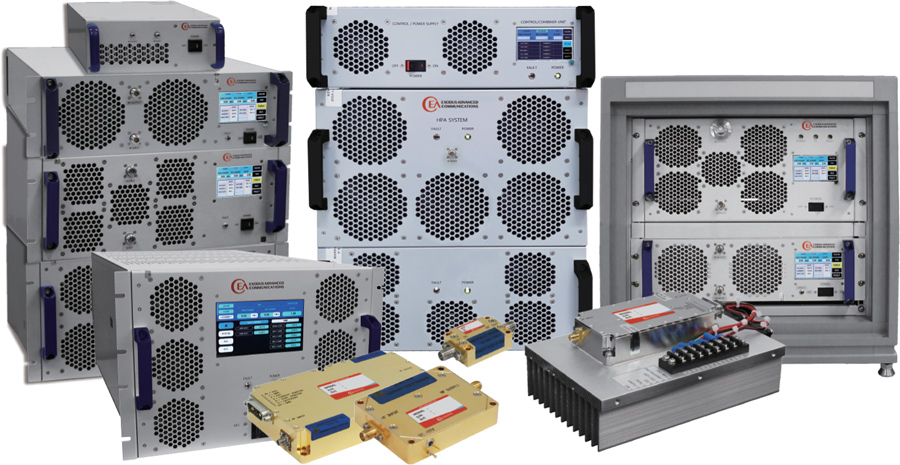
Ingenuity!

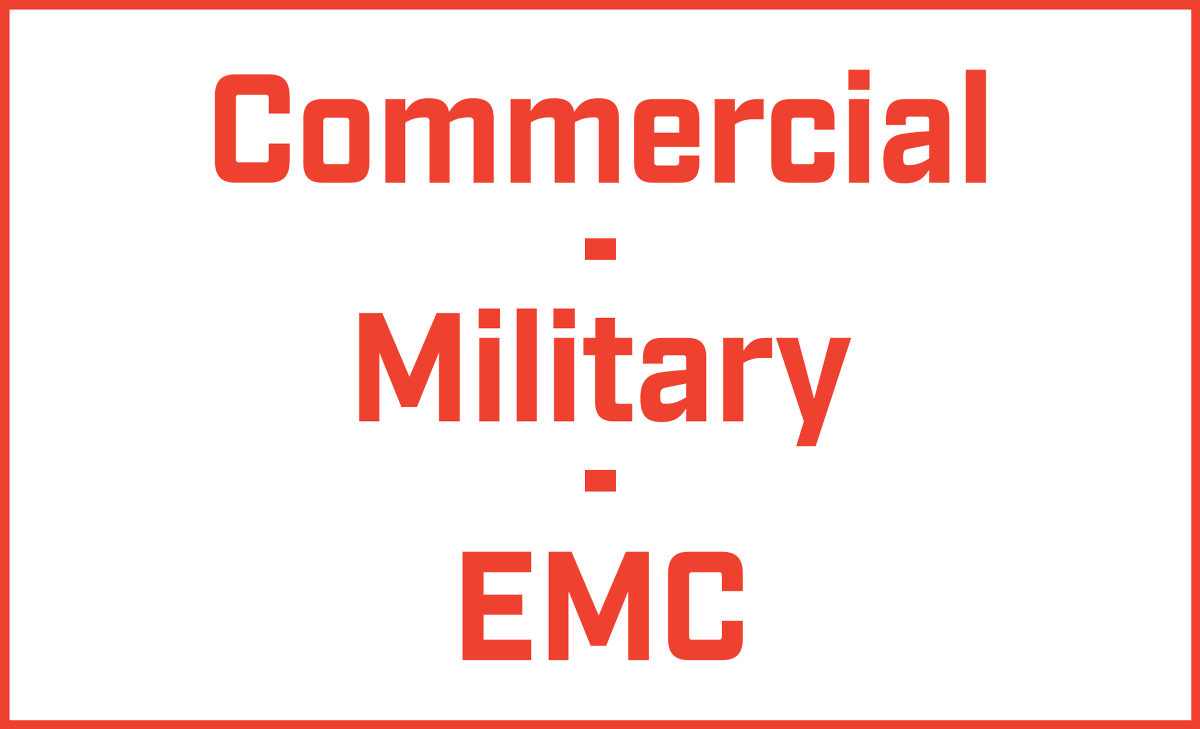
Las Vegas, Nevada 89120
Tel: 702-534-6564
Web: www.exoduscomm.com • Email: sales@exoduscomm.com
Las Vegas, Nevada 89120
Tel: 702-534-6564
Web: www.exoduscomm.com
Email: sales@exoduscomm.com

ISSN 1948-8254 (print)
ISSN 1948-8262 (online)
is published by
Same Page Publishing Inc.
451 King Street, #458
Littleton, MA 01460
tel: (978) 486-4684
fax: (978) 486-4691
©Copyright 2021 Same Page Publishing, Inc. all rights reserved
Contents may not be reproduced in any form without the prior consent of the publisher.
While every attempt is made to provide accurate information, neither the publisher nor the authors accept any liability for errors or omissions.
publisher
bruce@brucearch.com
keith.armstrong@
cherryclough.com
Leo@EisnerSafety.com
dgerke@emiguru.com
ken.javor@emcompliance.com
kenrossesq@gmail.com
wernerschaefer@comcast.net
Subscriptions outside North America are $129 for 12 issues. The digital edition is free.
Please contact our circulation department at circulation@incompliancemag.com
According to a recent posting to the website of The Engineer, the new solder mix replaces common, lead-free replacements for lead that are more prone to degrade in the high-temperature environment found in EVs. Instead of using tin…
Published by the Medical Device Coordination Group (MDCG), the document, MDCG 2021-25 is intended to provide a “legally defendable and pragmatic” position on requirements…


ssues related to electromagnetic compatibility (EMC) are often identified during qualification testing in an accredited EMC test lab which typically occurs late in the product design cycle. Obtaining a cost-effective solution to these EMC issues may be time-consuming, and many EMC labs can be fully booked or have limited availability, have long lead times, or involve significant costs. But inexpensive test equipment and procedures (let’s call them thrifty methods) used for helping to solve these EMC issues outside an EMC lab are very desirable, especially if no in-house EMC facilities are readily available.
There are several excellent resources for troubleshooting methods and building a low-cost EMC toolkit.1 This article offers some other test equipment options that have different capabilities and which can be even less costly. Although the thrifty method is mainly used to compare results before and after implementing a fix (not meeting a specification limit), with some experience, it can also be used in the pre-qualification development stage early in the design cycle to identify potential issues before formal lab testing. Identifying issues early allows maximum flexibility to experiment and provides sufficient time to make cost-effective changes before a design is frozen and difficult to change.

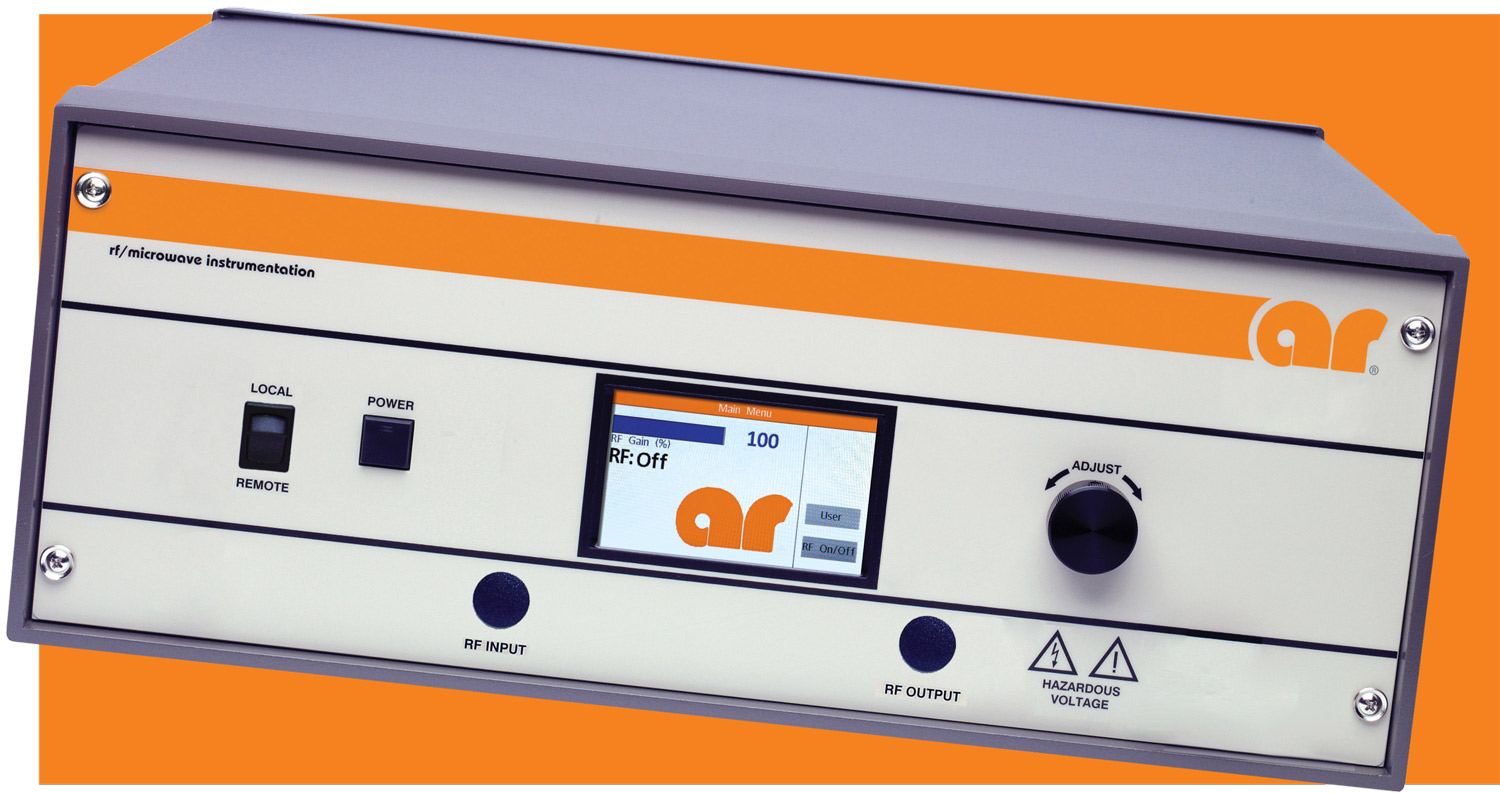


ang around embedded software engineers long enough and the words design for test or test-driven development will become commonplace. This is because in a world where functionality is ever-increasing in complexity, you need to be able to both verify and validate your device’s functionality such that it matches the requirements. And, while these design practices are well understood in digital systems made up of microcontrollers (MCUs) or system-on-chip devices (SoC) with functional safety driving extremely distributed systems, they are just as applicable in low level mixed-signal devices.
Gone are the days where the main MCU of the embedded module is trusted to do everything; in industrial and automotive systems where safety is critical, there now exist other devices to help test the main microcontroller to aid in the safety integrity level (SIL) of the device. These functions vary in complexity and range from helping the MCU toggle pins to ensure stuck at faults are mitigated, to helping verify complex question and answer watchdog issues, and voltage monitoring functionality.
Often the next smartest device in the system is either another low-level MCU or, in the quest to simplify a bill of material (BOM), a power management device (a PMIC) with dedicated safety functions. And since these devices don’t have flash memory and are traditionally analog in nature, it makes the validation of these devices somewhat challenging for engineers who traditionally focus mostly on transient load responses.
To aid in helping an engineer develop a test philosophy for such a device, we will focus on a distributed system made up of both MCU and PMIC. The article will use this system to demonstrate validation concepts that system designers have been employing for quite some time, the simplest of which is an open loop test philosophy and its strengths and weaknesses. The closed or in-the-loop based test philosophy will address those weaknesses and demonstrate how one can easily expand upon their test setup by including an MCU to model the system or system device. Taking these two test philosophies together will shed light on how exactly a design-for-test philosophy can be adopted for a traditional analog-based device such as a PMIC.
The future is here! From driverless vehicles to pizza-delivering drones to ear buds that act as virtual mixing boards for real-world audio, our lives are increasingly dominated by EMC. So, too, is ETS-Lindgren’s work in compliance testing and measurement, transcending the standards of EMC performance – Beyond Measure.
As an international manufacturer of market-leading components and systems that measure, shield, and control electromagnetic and acoustic energy, ETS-Lindgren is the driving force allowing some of the biggest industry names, and latest technological advances, to meet compliance standards. From chambers to test cells, absorbers, positioners, antennas, and software, ETS-Lindgren’s EMC solutions are designed for reliability, diversity, scale, and precision.
More importantly, our ability to create real-world test scenarios, troubleshoot potential failures, and maximize the chance of passing standards within the allotted time and budget helps our customers bring life-changing products to market – faster.
For more information on our EMC solutions, visit our website at http://www.ets-lindgren.com/industries/emc-testing.

hen helping clients in the automotive industry with their DC-DC converters to meet the stringent automotive EMC standards, I often find problems that share some common mistakes. For a start, 90% of the EMI issues are associated with a grounding issue. Poor DC link design contributes to poor conducted and radiated emissions. Another commonly seen mistake is a bad choice of switching devices, which often requires adding more filters later in the design process, significantly increasing costs and potentially jeopardizing the project.
When it comes to designing an electromagnetic (EM) compliant product, some planning is crucial to help ensure product performance and keep costs under control. In this article, we offer three recommendations addressing design aspects of DC-DC converters that will make a huge difference in their EMC performance.
If powertrain modules determine the performance of an electric vehicle (EV) [1], DC-DC converters then play an important role in the stability and reliability of an EV. Their primary function is to transfer energy from a source (e.g., battery pack) to systems and devices that consume that energy (all electronics loads, particularly in the low voltage distribution network of a vehicle). Because of this, the safety and functional safety aspects of a DC-DC converter are also critical. Redundancy design can also be seen for fault tolerance purposes.
his is the seventh column in a series devoted to the design, test, and EMC emissions evaluation of 1- and 2-layer PCBs that contain AC/DC and/or DC/DC converters and employ different ground techniques [1-6].
Figure 1 shows the functional blocks of the PCB assembly [1].


View Index


